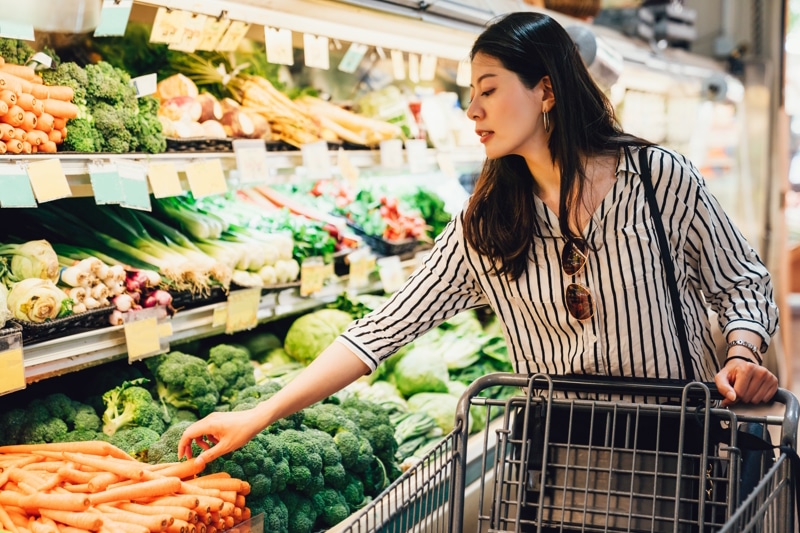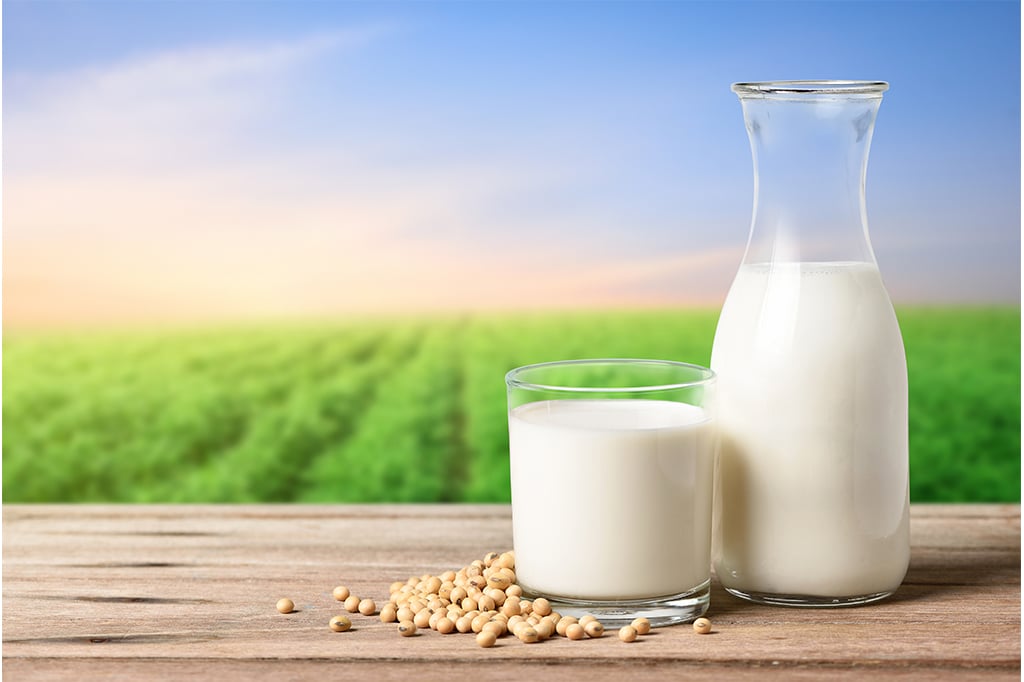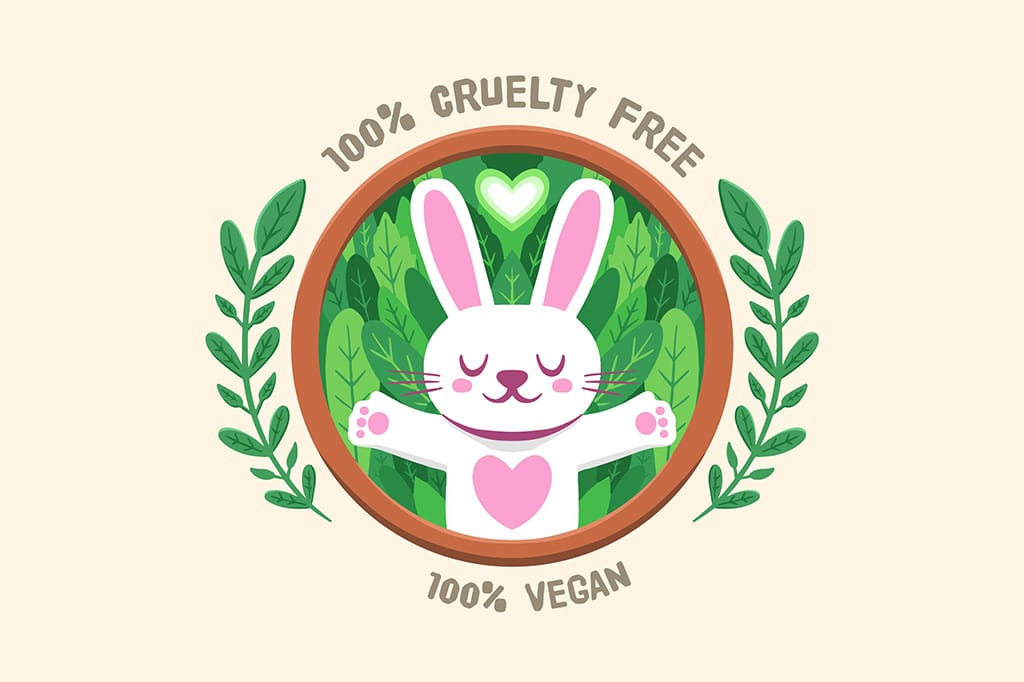There has been a rise in the use of climate labels on food packaging and menus, but how effective are they? What use do they serve, exactly?
The climatic crisis has arrived. It’s a sobering reality, and it’s easy to feel helpless as people in the face of rising temperatures and more frequent extreme weather events. Although reform must originate at the governmental level, businesses, and the food industry in particular, may assist individuals make greener decisions. Brands can be more forthcoming about the sustainability of their products and aid in educating consumers about the effects of their eating habits by using climate labels. Find out why many companies, eateries, and even governments are embracing or advocating for climate labels on food goods. Let’s start with the obvious question: how is food related to the climate crisis?
Climate change and food insecurity
Plant-based alternatives, such as tofu or veggies, are significantly easier on the environment than meats like beef and pork.
Eating beef once or twice a week (so that’s, say, one burger and one portion of mince) every week for one year requires about the same amount of land as six tennis courts, and eating the same amount of pork uses up more than 20,500 liters of water, according to the BBC’s climate change food calculator, which is based on research from the University of Oxford. Beans, on the other hand, require slightly more than 1900 liters of water for the same volume of consumption, and tofu requires about 587 liters.
This study also found that compared to eating the same amount of beef, increasing your annual greenhouse gas emissions by just 12 and 7 kg by switching to a plant-based diet of tofu and beans, respectively. About 140 kg of pork is also included. This is so because raising animals for food is a major source of pollution. The UN estimates that it is responsible for 14.5% of annual worldwide greenhouse gas emissions.
A climatic label defined.
Understanding the effects of particular ingredients is crucial because of the widespread impact that the food industry has on the environment. This is aided by climate labels. In a word, these labels inform buyers about the item’s effect on the planet.
The products of Meatless Farms, for instance, now have a traffic light labeling scheme. The label, developed by environmental score expert Foundation Earth, considers such factors as emissions, water consumption, pollution, and the product’s influence on biodiversity. The best possible ranking is an A+ in the Eco Impact category, which indicates a very little influence on the environment, and the worst possible rating is a G. For emissions, pollution, and impact on biodiversity, Meatless Farms’ Plant-Based Mince receives an A, while its water usage receives a B.
Meatless Farm CEO Morten Toft Bech told VegansBay, “By releasing this information, we intend to assist educate our clients about the impact of their food choices on the environment.” “Just think, if shoppers were aware of how their weekly buy could affect the environment, they might be more careful about what they bought,” the author writes.
Will consumers eat more sustainably if they are labeled with climate information?
It’s not just Meatless Farm either. Oatly, a plant-based milk company, just announced that they will begin including climate labels on certain of their products. Julie Kunen, the company’s director of sustainability, has said, “Transforming the food business is crucial to face the current climate issue.” “We think that one way we may help to that endeavor is by providing people with information to understand the impact of their food choices.”
Some restaurants’ menus now include climatic details, such as The Canteen in Bristol, UK, and Just Salad locations in the United States. In addition, Denmark made history last year by funding the creation of its very own government-run climate labeling for food.
In spite of this widespread adoption of climate labels, is there any evidence that they are effective? In fact, studies show that they are an efficient method of encouraging people to make better decisions.
The identical food was presented in three distinct forms to roughly 1400 study participants in 2022 at the University of Bristol. There were three types of labels: one that indicated that the product was Fair Trade, another that indicated that the vegetarian option was the “most popular,” and a third that indicated that the product was environmentally friendly. The vegetarian option was rated as a 1, indicating it was the most environmentally friendly option, while the chicken and beef options were rated as 3 and 5, respectively. When given a menu with climate labels, eighty-four percent of participants preferred vegetarian or chicken options over beef.
According to research out of Johns Hopkins University published in the Jama Network Open journal, if beef burgers were labeled as having a “high climate impact,” 23% more people would opt for a vegetarian or vegan alternative. Results “indicate that menu labeling, particularly labels warning that an item has significant climate impact, can be an effective technique for encouraging more sustainable food choices in a fast food context,” said Julia Wolfson, PhD, of the Bloomberg School of Public Health, to the Independent.
Who wants to buy food that has been labeled with a “G” from Foundation Earth, a red 5, or a “high climate impact” badge? Bech thinks that a “harmonized approach” to climate labels would not only help persuade consumers to make more sustainable choices, but would also incentivize brands to look for “more eco-friendly ways of producing, manufacturing, transporting, and packaging food.” He continued by saying that as a result of these adjustments, consumers will start to favor products with better sustainability ratings and smaller carbon footprints.
The Canteen’s executive chef, Matthew Harris, thinks the same thing would happen in the restaurant business. Last year, he told Bristol247 that if carbon labeling was implemented throughout the UK, businesses and customers would be driven to make better decisions about the food they consume.








